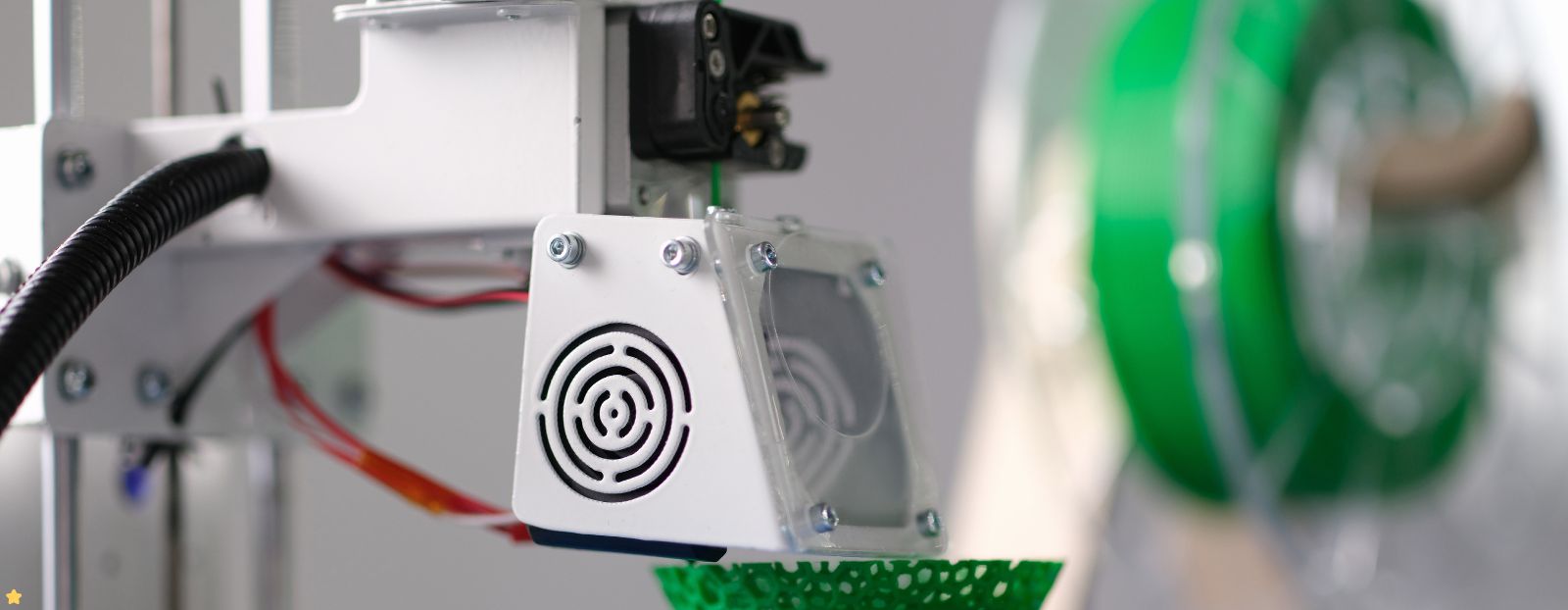As an innovation consultant, one of the most powerful tools at your disposal is fast-paced prototyping. This approach, characterized by rapid development cycles and iterative testing, can significantly accelerate the innovation process. Here, we delve into the key advantages of fast-paced prototyping, backed by real-life success stories, including examples from robotics and the Internet of Things (IoT).
1. Rapid Idea Validation: Quickly Test and Refine Concepts
Fast-paced prototyping allows for the swift validation of ideas, enabling you to test and refine concepts without extensive upfront investment. By developing prototypes rapidly, you can gather feedback from stakeholders and end-users early in the process.
One notable example is Google’s design sprint methodology, which has been widely adopted across industries. This five-day process helps teams answer critical business questions through design, prototyping, and testing ideas with customers. It has been used to validate product concepts, such as Google Glass, at a fraction of the time and cost of traditional methods.
2. Enhanced Flexibility: Adapt to Feedback and Changes
Prototyping at a fast pace enhances flexibility, allowing you to quickly adapt to feedback and changes. This iterative approach ensures that the final product is more aligned with user needs and market demands.
Take the case of Airbnb. Initially, the founders built a simple website to rent out their apartment, using rapid prototyping to refine their platform based on user feedback. This iterative process helped them evolve their service into a global marketplace for short-term lodging.
In the realm of robotics, Boston Dynamics used rapid prototyping extensively in the development of their robots like Spot. By quickly iterating on design and functionality based on real-world testing and feedback, they were able to develop highly adaptable and robust robots that perform well in various environments.
3. Cost Efficiency: Minimize Resource Expenditure
By identifying flaws and areas for improvement early in the development cycle, fast-paced prototyping minimizes resource expenditure. This cost-efficient approach prevents significant investments in ideas that may not be viable.
A practical example is Tesla’s approach to electric vehicle development. Tesla uses rapid prototyping to test new features and components, allowing them to innovate quickly and cost-effectively. This method has been crucial in maintaining their competitive edge in the fast-evolving automotive industry.
In the IoT sector, the development of smart home devices like the Nest thermostat involved rapid prototyping to fine-tune user interfaces and functionalities. This iterative approach helped Nest create a user-friendly and highly functional product, minimizing the costs associated with large-scale production errors.
4. Increased Collaboration: Foster Cross-Functional Teamwork
Fast-paced prototyping fosters increased collaboration among cross-functional teams. This collaborative environment encourages diverse perspectives, leading to more innovative solutions.
Consider the development of IBM’s Watson. The team employed rapid prototyping to integrate inputs from various experts, including software developers, data scientists, and domain specialists. This collaborative effort was essential in creating a powerful AI platform capable of winning the quiz show Jeopardy!.
Similarly, in the development of IoT devices, companies like Philips Lighting used rapid prototyping for their Hue smart lighting system. By collaborating closely with engineers, designers, and marketing teams, they quickly iterated on prototypes to refine the product’s design and functionality, leading to a successful market launch.
5. Accelerated Time-to-Market: Launch Products Faster
One of the most significant advantages of fast-paced prototyping is the accelerated time-to-market. By shortening development cycles, you can launch products faster and gain a competitive advantage.
The success of the iPhone is a prime example. Apple used rapid prototyping to refine the iPhone’s design and functionality, enabling them to bring it to market quickly. This approach allowed Apple to capture significant market share and set the standard for smartphones.
In robotics, DJI used rapid prototyping to quickly iterate on their drone designs. This allowed them to launch innovative products like the Phantom series ahead of competitors, establishing themselves as leaders in the consumer drone market.
Conclusion
Fast-paced prototyping is a vital strategy for innovation consultants aiming to drive rapid and effective product development. By enabling rapid idea validation, enhancing flexibility, minimizing costs, fostering collaboration, and accelerating time-to-market, this approach can significantly enhance your ability to deliver innovative solutions. Embrace fast-paced prototyping to stay ahead of the curve and drive impactful innovation.



